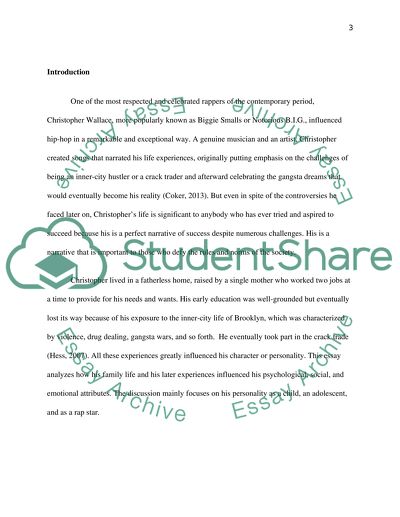Cite this document
(“The Notorious B.I.G: A Psychological Portrait of a Rap Star Essay”, n.d.)
Retrieved from https://studentshare.org/psychology/1404437-my-impression-of-christopher-wallace-nororious-big
Retrieved from https://studentshare.org/psychology/1404437-my-impression-of-christopher-wallace-nororious-big
(The Notorious B.I.G: A Psychological Portrait of a Rap Star Essay)
https://studentshare.org/psychology/1404437-my-impression-of-christopher-wallace-nororious-big.
https://studentshare.org/psychology/1404437-my-impression-of-christopher-wallace-nororious-big.
“The Notorious B.I.G: A Psychological Portrait of a Rap Star Essay”, n.d. https://studentshare.org/psychology/1404437-my-impression-of-christopher-wallace-nororious-big.


